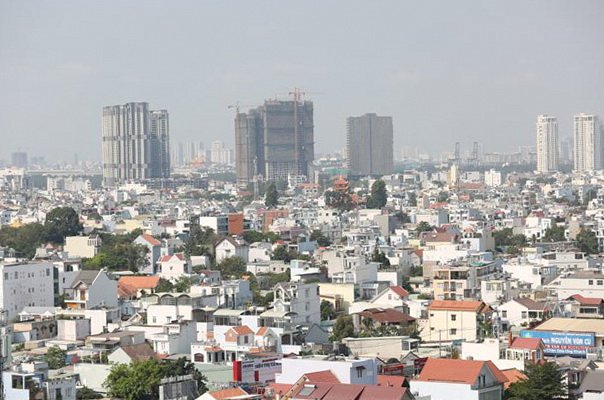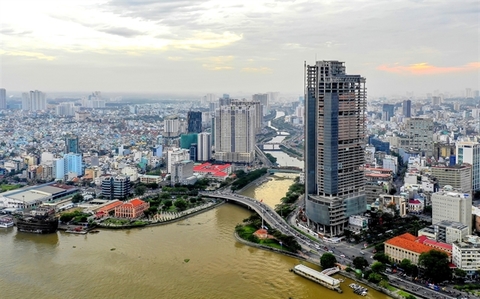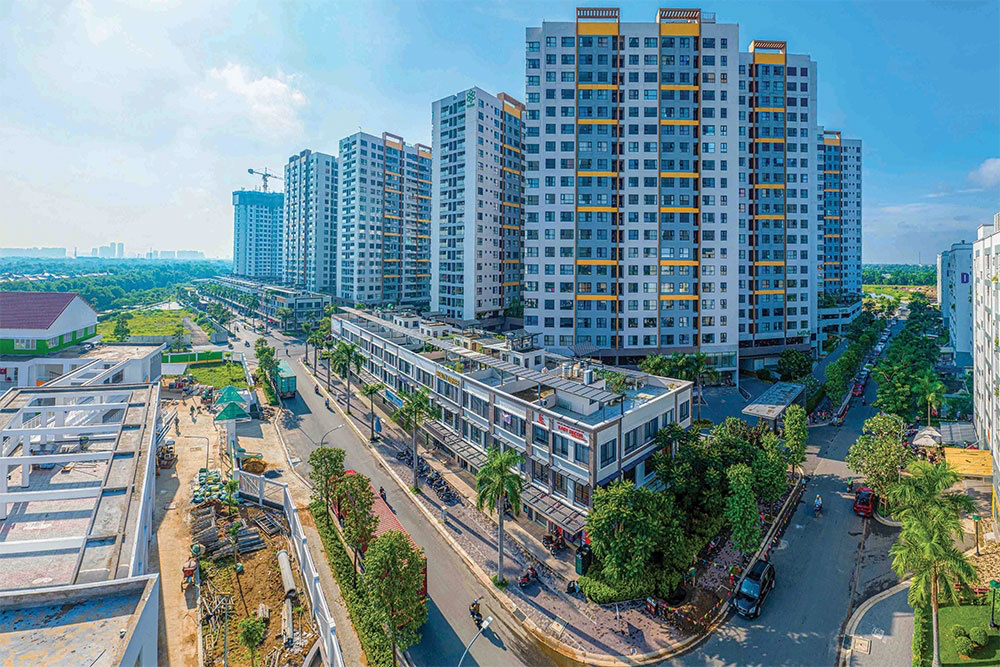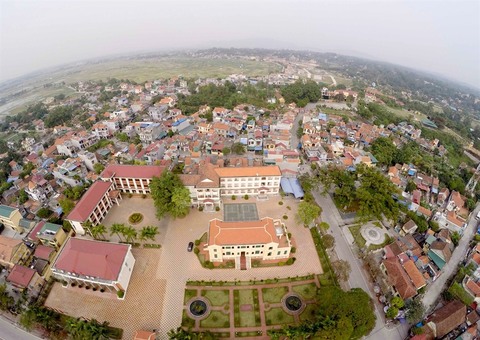Low-cost housing projects disappearing
Low-cost housing projects disappearing
While housing prices are now beyond the reach of medium- and low-income earners, the low-cost housing segment has become smaller to the point of almost disappearing from the property market.

Four years ago, thanks to a VND30-trillion home loan program launched by the Government, Nguyen Thi Hang, who works in HCMC’s District 3, bought a two-bedroom apartment in the Hung Ngan Garden project in District 12. She made a 30% downpayment and pays nearly VND10 million in principal and interest per month.
With housing prices on the rise, Hang could earn some VND300 million if she sold her apartment. But then, she would have the problem of finding a house to live in. According to Hang, her home is far from her workplace but she is well-settled, and she is only a few years away from paying off the rest of her loan.
Since the VND30-trillion home loan program ended in mid-2016, investor attention to low-cost housing projects has been declining, Sai Gon Giai Phong reported. Under new loan terms, an apartment of less than 70 square meters could be sold for VND15 million per square meter, but now, there are almost no apartments of this kind available on the market.
Currently, only Nam Long Real Estate focuses on the affordable housing segment, which refers to a house cost that is six times the annual income of the buyer. Projects owned by Nam Long provide diverse housing products, including EHome, which is priced at under VND1 billion per unit.
Since there were investors in the segment in 2017-2018, EHome apartments were sold out quickly. Over the past two years, more than 1,000 apartments were handed over per year, which is a modest number compared with the actual demand.
HCMC Department of Construction data for 2018 showed a marked decline in the low-cost housing segment. In particular, the mid-end apartment segment dropped by 6,676 units (or 34.2%), and the low-end segment declined by 6,362 units (or 44.1%).
The current shortage of affordable commercial and social homes, especially affordable apartments for rent to low-income tenants, is posing a threat to social security.
This is a sign of the supply-demand imbalance and indicative of the unsustainable development of the property market. In a market with sustainable and balanced development, the affordable apartment segment typically accounts for the largest proportion, followed by the mid-end segment and, lastly, the high-end segment, according to Chairman of the HCMC Real Estate Association Le Hoang Chau.
Some four years ago, besides the high-end housing segment, the low-cost segment attracted significant attention from investors.
Dat Lanh Real Estate once had the Thai An apartments, a low-cost product line, but it no longer introduces new projects of this kind. As deputy director of the firm, Nguyen Van Duc noted that firms that had previously invested in low-cost and social housing are now struggling.
As for Dat Lanh, the firm is lacking capital. It is not easy to arrange capital for new projects and investments in low-cost housing as these generate small profits and are risky due to unpredictable material costs and interest rates. In addition, complicated procedures hinder investment.
Le Huu Nghia, director of Le Thanh Real Estate, explained that investments tend to be diverted toward the housing segment that brings in the highest profit margins.
Regarding procedures for executing social housing projects, Nghia saidthat procedures are difficult to complete.
For instance, firms could in theory enjoy a special rate of 5%, but it is impossible to get these loans. As banks argued, if social apartments cannot be sold within five years, the banks cannot claim the apartments to pay off the loans if the borrowers fail to pay their debts. Meanwhile, land use fee payments add to the issue.
Therefore, according to Nghia, the HCMC government should have regulations on social housing, or investments in this housing segment will become increasingly scarce.























